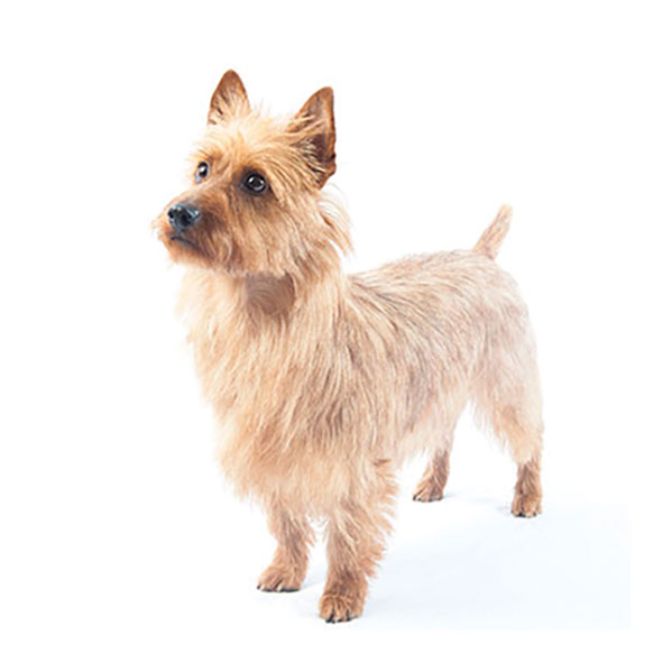Labrador Retriever
Large
Short
51 to 66 cm tall
High
37 to 40 kg
Agility, Conformation, Field Trials, Hunting Tests, Obedience, Rally Obedience, Tracking, Guide Dog
Labrador Retrievers are everything you’d expect of man’s best friend. They’re friendly and outgoing, devoted to their families, eager to please and easygoing, yet energetic.
As an athletic breed, Labs love to swim and retrieve. They also make great search-and-rescue dogs, service dogs and drug and bomb detection dogs.
Labs are a large breed with lots of energy, so it’s important to socialize and train Lab puppies from an early age. Daily exercise is important to prevent a bored Labrador from resorting to destructive behaviors like excess barking or chewing to burn off pent-up energy.
Labradors are generally healthy, but they’re prone to weight gain. Many Labs will overeat if given the opportunity, so watch their food intake closely. A complete and balanced diet and daily exercise can help prevent weight gain.
Other health conditions that may affect Labs include hip and elbow dysplasia, myopathy and heart disorders. Labs may also have a higher risk for certain eye conditions like progressive retinal atrophy.
As with other large breed dogs, Labrador Retrievers are at risk of bloat, a life-threatening condition. Because of the breed’s popularity, there’s a higher risk of irresponsible breeding to fulfill demand, so make sure you work with a reputable breeder who conducts thorough health screens.
The Labrador Retriever gets his name from Labrador, Canada, though the breed was developed in 19th-century Newfoundland as a water dog. Originally called St. John’s dog after Newfoundland’s capital, Labs worked alongside local fisherman to retrieve their catches.
Early Labs may have been bred with Newfoundlands and other water dogs before a breed standard was formed. Around 1830, Labs were imported to England, where they served as hunting retrievers. The breed disappeared from Newfoundland entirely after government restrictions and various tax laws took effect.
The Kennel Club in England recognized the Labrador Retriever as an official breed in 1903, however, and the American Kennel Club (AKC) followed suit in 1917.
The breed’s popularity soared after World War II and by 1991, Labs were the most popular dog in the U.S. They’ve held onto that top spot ever since.
Though the breed originated in Newfoundland, the Third Earl of Malmesbury referred to the breed as Labradors.
The breed was nearly extinct by the late 19th century. The Malmesburys and other English fans who imported the dogs saved the breed from extinction.
Labrador Retrievers remain one of the most popular breeds in America, Canada and the UK.





